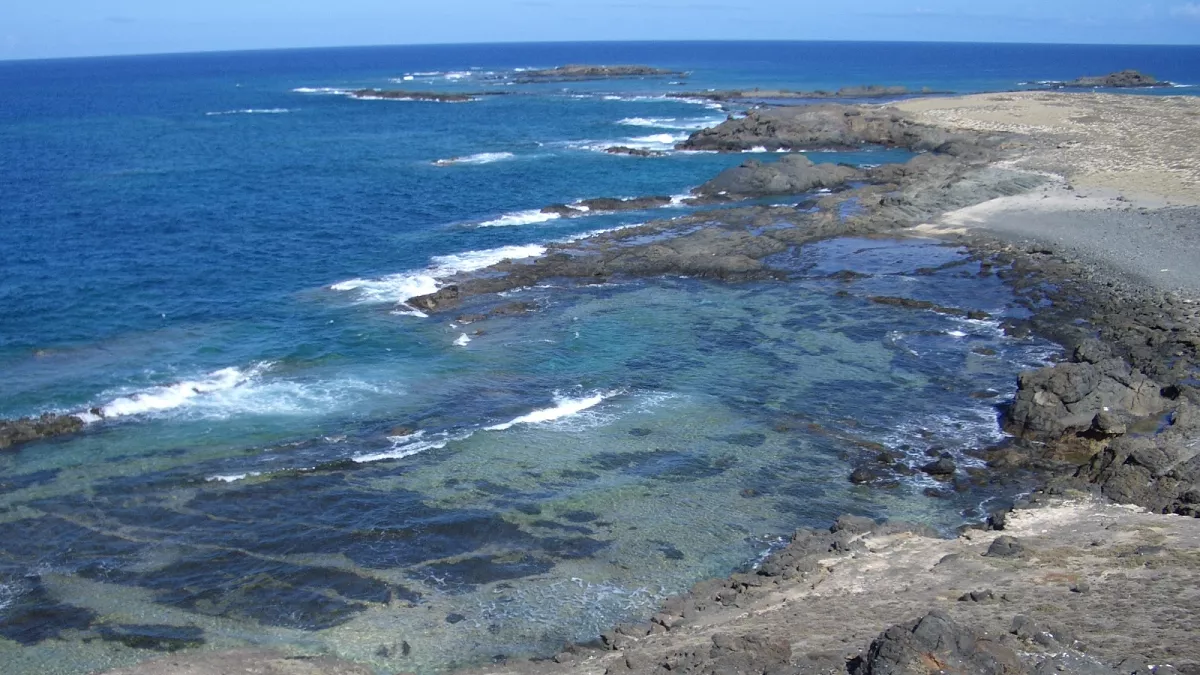Deputy PM approves the expansion of new marine protected areas

Expanding Marine Protection in Vietnam
Vietnam is taking significant steps to enhance its marine conservation efforts. Deputy Prime Minister Trần Hồng Hà has approved a comprehensive project to expand and establish new marine protected areas (MPAs) across the country. This initiative is part of a broader strategy to increase the area of marine and coastal protected zones to 6% of Vietnam’s natural marine area by 2030. The project is not only about safeguarding marine biodiversity but also about addressing climate change and promoting sustainable economic development.
Goals of the Marine Protection Project
The primary goal of this project is to effectively manage and protect marine, coastal, and island ecosystems. According to Decision No. 1539/QĐ-TTg, the project aims to increase the total marine protected zone area to approximately 0.5% of Vietnam’s natural marine area. This will involve the establishment and management of 27 marine protected areas covering over 442,230 hectares. Additionally, the project seeks to manage 59 fishery resource conservation zones and 63 temporary no-fishing zones. These measures are crucial for protecting spawning grounds and habitats for juvenile aquatic species, ensuring that conservation zones cover over 2.5% of Vietnam’s natural marine area.
The project also emphasizes the importance of restoring key marine ecosystems, such as coral reefs, seagrass beds, and mangrove forests. These ecosystems play a vital role in enhancing biodiversity and ecosystem resilience. Furthermore, the initiative aims to expand Ramsar sites and important coastal wetlands, which are expected to account for approximately 1.5% of the country’s natural marine area. This multifaceted approach will not only contribute to biodiversity conservation but also support Vietnam’s ambition to become a strong maritime nation.
Implementation Strategies and Key Tasks
To achieve the ambitious objectives set forth in this project, Deputy PM Hà has outlined six key tasks and four implementation strategies. The first task involves adjusting and expanding existing marine protected areas, Ramsar sites, and coastal wetland conservation zones. This will ensure that these areas align with approved plans and effectively contribute to conservation efforts.
The second task focuses on establishing new marine protected areas and expanding current networks. This is essential for enhancing the overall effectiveness of marine conservation in Vietnam. The third task involves developing regulations for managing areas where effective conservation measures are applied. This will help streamline efforts across various marine regions.
Restoring key marine ecosystems is the fourth task, which aims to enhance biodiversity and ecosystem resilience. The fifth task emphasizes the effective management of all designated conservation areas, ensuring that they are well-protected and monitored. Finally, the sixth task involves integrating comprehensive data on marine biodiversity and fishery resources into national databases. This will facilitate coordinated and efficient conservation efforts.
To support these tasks, the project will promote communication campaigns and capacity-building initiatives. Research will also be conducted to identify areas for effective conservation measures. Additionally, mechanisms for payment for ecosystem services will be developed to support sustainable economic development. The Ministry of Agriculture and Rural Development will lead the implementation, working closely with other ministries and local governments to ensure success.
Vietnam currently has 16 national marine protected areas, primarily located in near-shore regions. These areas cover approximately 0.24% of the country’s marine area. The new project aims to significantly increase this coverage, reflecting Vietnam’s commitment to marine conservation and sustainable development.
